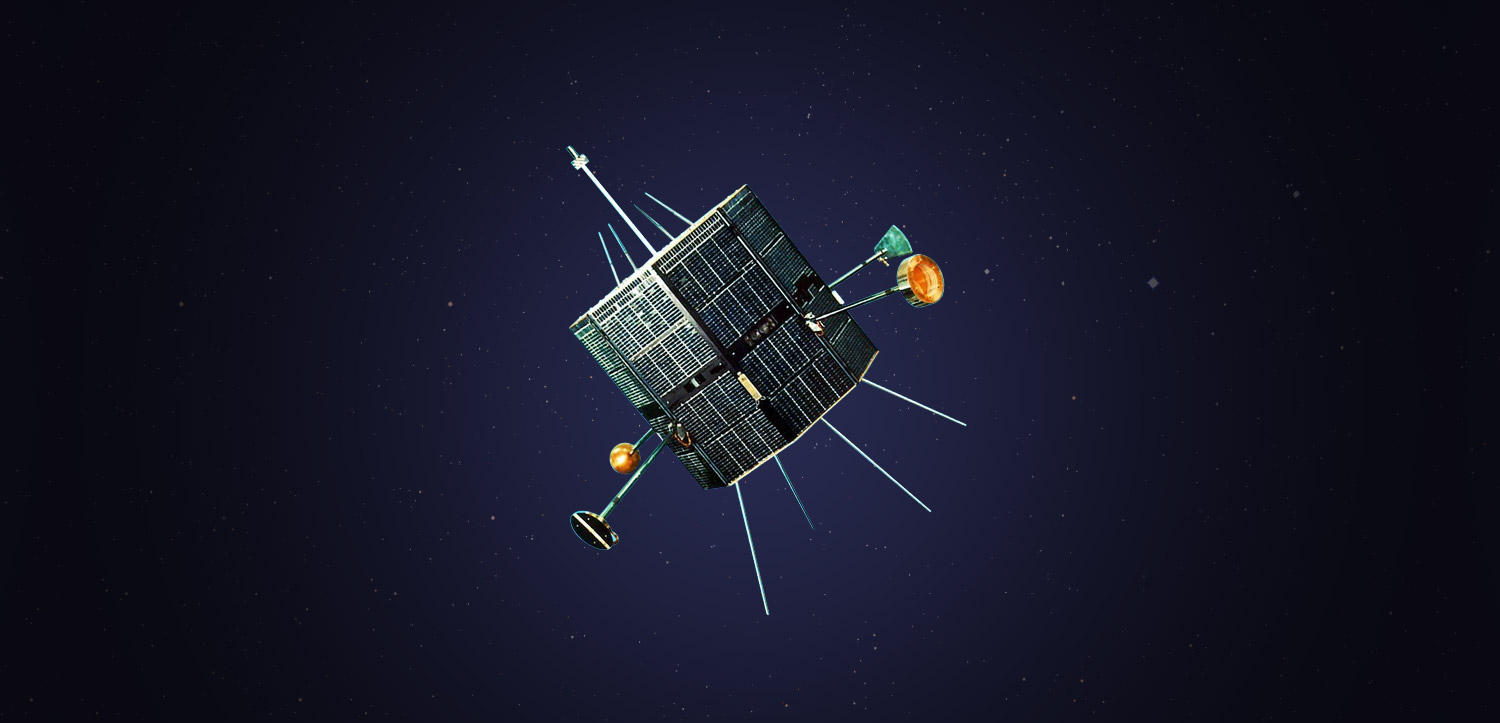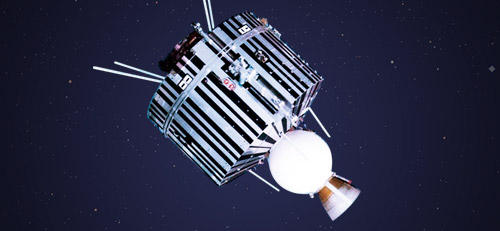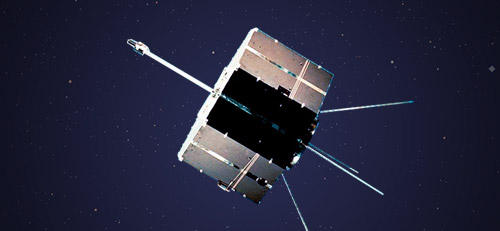| Name (pre-launch in parentheses) | TAIYO (SRATS) |
|---|---|
| International Designation code | 1975-014A |
| Objectives | Observation of solar soft X-ray, solar vacuum ultraviolet radiation, ultraviolet earth coronal bright lines, etc., to research upper-atmosphere physics. |
| Launch Date | 14:25, February 24, 1975 (JST) |
| Launch Location | Kagoshima Space Center (Uchinoura) |
| Launch Vehicle | M-3C-2 |
| Weight | 86kg |
| Shape | Octagonal cylinder, approx. 70cm long from face to face and approx. 71cm high |
| Orbital Altitude | Perigee 260 km, Apogee 3,140 km |
| Orbital Inclination | 32° |
| Type of orbit | Elliptical |
| Orbital Period | 120 min |
| Scientific Instruments | ・Ultraviolet earth coronal bright line spectrum analyzer ・Electron density monitor |
| End of Operation | June 29, 1980 |
| Reentered Date | June 29, 1980 |
| Operation | The radio-guidance system, which had been tested by M-3C-1, was used for the launch. During the first revolution after orbital insertion, spinning was slowed to 11.5rpm by activating the yo-yo despinner, then the probe was deployed. During the 4th and 5th days after launch, the satellite spin axis was set to be perpendicular to the orbital plane. On the 24th and 28th days, high-voltage power was input to the observation instruments and, after confirming their proper operation, observation started. |
| Results | Over several years, TAIYO achieved its original mission of obtaining data on the earth's plasma environment while solar activity was calm. International research cooperation was performed with the West German AEROS-B satellite, which conducted similar observation. |



